
Feeding your baby is a special time that fosters bonding and ensures their healthy growth. Whether you choose breastfeeding, formula feeding, or a combination of both, understanding proper techniques is essential. Below, we explore effective methods for each approach.


Breastfeeding Techniques
Breastfeeding offers numerous benefits, including optimal nutrition and immune support for your baby. To make the experience comfortable and effective, consider the following positions:
- Cradle Hold: Sit upright and hold your baby across your lap, supporting their head with the crook of your arm. Ensure your baby’s chest is facing yours, allowing for a straight head and neck alignment. mayoclinic.org
- Cross-Cradle Hold: Similar to the cradle hold, but you support your baby’s head with the opposite hand to the breast you’re feeding from. This position offers more control and is beneficial for newborns learning to latch. healthline.com
- Football Hold: Hold your baby beside you, under your arm (like holding a football), with their body supported by your forearm and their head at your breast. This is particularly useful for mothers recovering from a C-section or those with larger breasts. unicef.org
- Side-Lying Position: Lie on your side with your baby facing you. This position is convenient for nighttime feedings and allows both of you to rest during nursing. nhs.uk
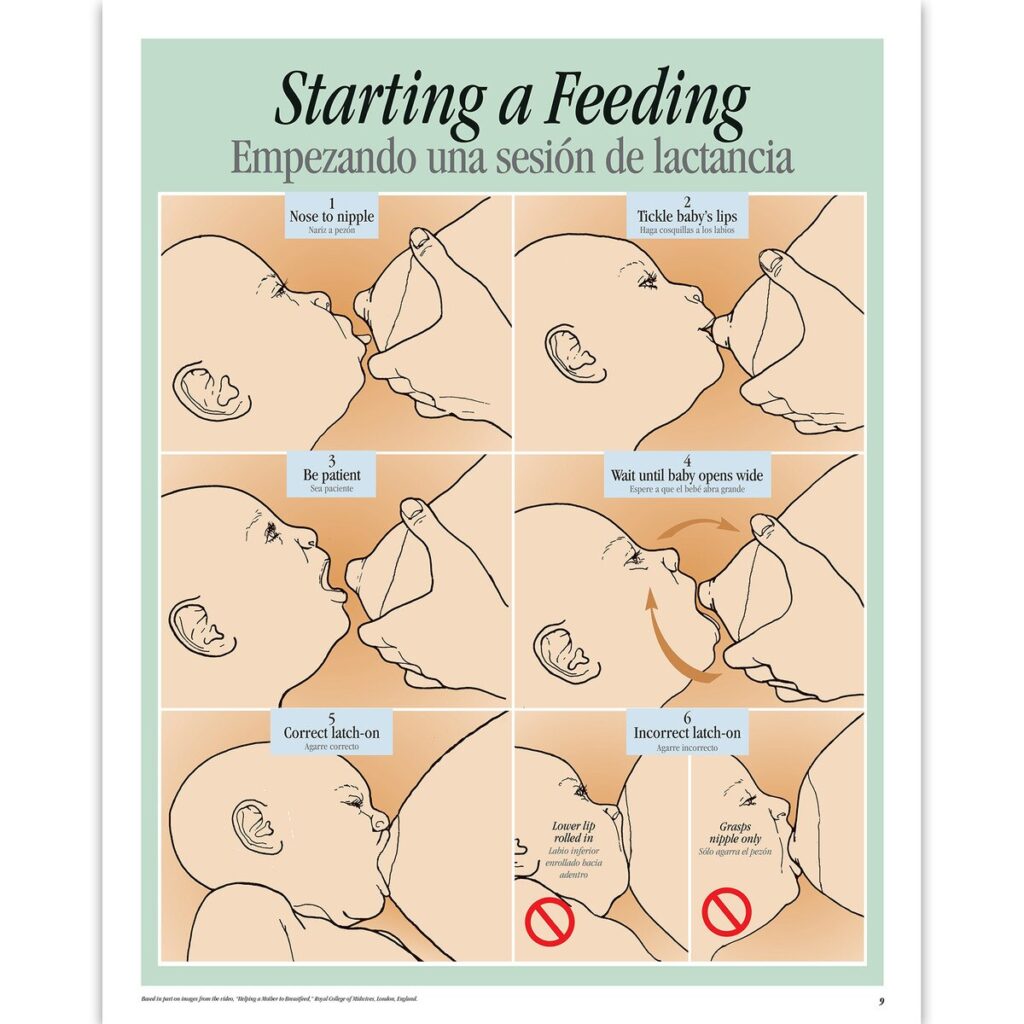
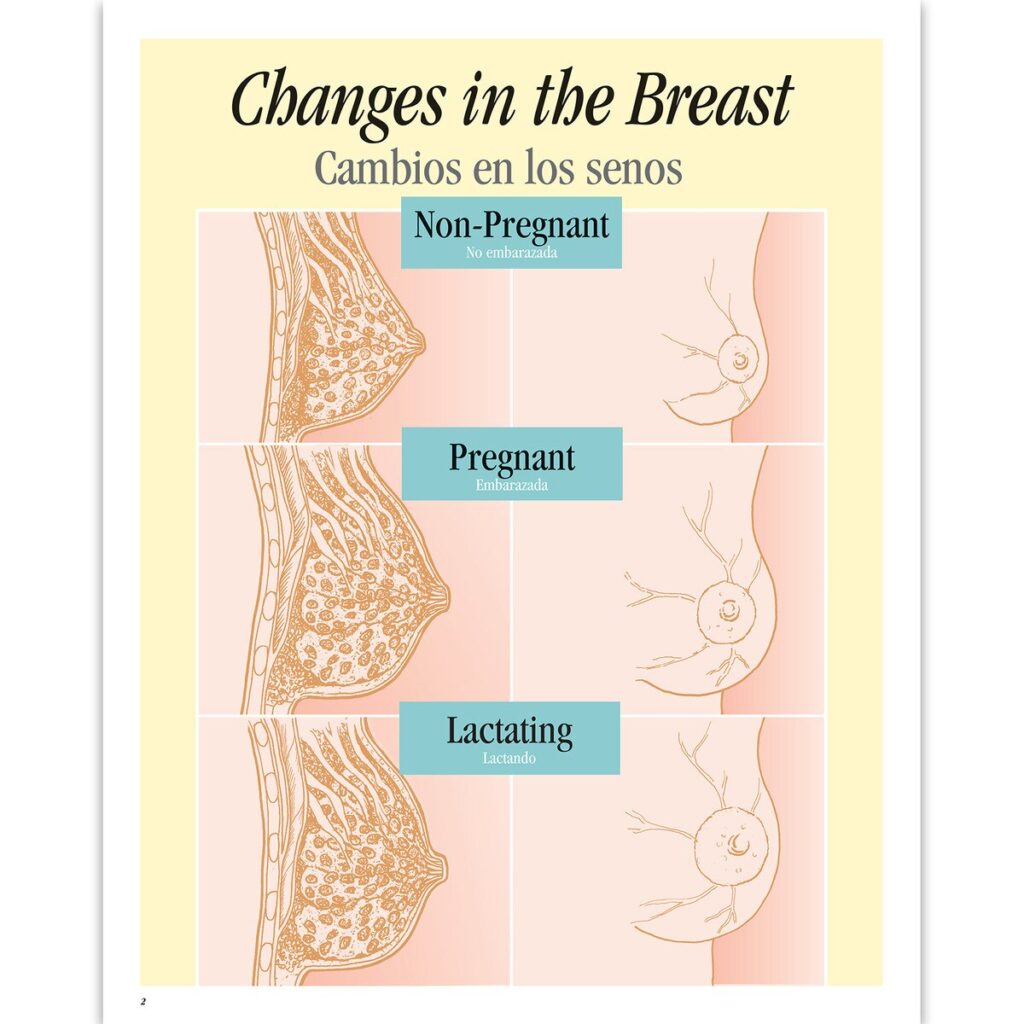
Tips for a Successful Latch:
- Align Your Baby Properly: Hold your baby close, facing you, with their nose level with your nipple. This alignment encourages a deep latch. www2.hse.ie
- Wait for a Wide Open Mouth: Gently tickle your baby’s upper lip with your nipple to encourage them to open their mouth wide, similar to a yawn. thewomens.org.au
- Bring Your Baby to the Breast: Once their mouth is wide open, quickly bring your baby to your breast, aiming your nipple toward the roof of their mouth. wicbreastfeeding.fns.usda.gov
Formula Feeding Techniques
Formula feeding is a nutritious alternative or supplement to breastfeeding. To ensure your baby receives the best care during formula feeding, follow these guidelines:
- Choose the Right Formula: Consult with your pediatrician to select an iron-fortified formula suitable for your baby’s needs. fda.gov
- Proper Preparation:
- Cleanliness: Wash your hands thoroughly before preparing formula. Ensure all bottles, nipples, and utensils are clean and sterilized. mayoclinic.org
- Mixing: Follow the manufacturer’s instructions precisely. Use the correct ratio of water to formula powder or concentrate to ensure your baby receives the intended nutrition. fda.gov
- Feeding Practices:
- Positioning: Hold your baby in a semi-upright position, supporting their head to facilitate swallowing and digestion.
- Pacing: Allow your baby to feed at their own pace. Watch for cues that they are full, such as turning away from the bottle or slowing their sucking.
- Warming the Formula:
- Avoid Microwaves: Never warm formula in a microwave, as it can create hot spots that may burn your baby’s mouth. Instead, warm the bottle by placing it in a jug of hot water or using a bottle warmer. pregnancybirthbaby.org.au
- Temperature Check: Before feeding, test the formula’s temperature by placing a few drops on the inside of your wrist; it should feel warm, not hot. cdc.gov
Combination Feeding (Supplementing with Formula)
Some parents choose to supplement breastfeeding with formula for various reasons, including low milk supply or convenience. To do this effectively:
- Introduce Gradually: After establishing a stable milk supply, slowly introduce formula to allow your baby to adjust.
- Monitor for Reactions: Watch for any signs of intolerance, such as rashes, vomiting, or fussiness, and consult your pediatrician if concerns arise.
- Maintain Breastfeeding Bond: Continue breastfeeding during the times that work best for you and your baby to maintain your bond and provide the benefits of breast milk.
Conclusion
Feeding your baby, whether through breastfeeding, formula feeding, or a combination, is a personal decision that should be made based on your family’s needs and circumstances. Consult with healthcare professionals, such as pediatricians and lactation consultants, to receive personalized guidance and support.
Bibliography
- Healthline. “Breastfeeding Techniques: 10 Effective Practices to Try.” https://www.healthline.com/health/breastfeeding/breastfeeding-techniques
- Mayo Clinic. “Infant formula: 7 steps to prepare it safely.” https://www.mayoclinic.org/healthy-lifestyle/infant-and-toddler-health/in-depth/infant-formula/art-20045791
- HSE.ie. “Breastfeeding positioning and attachment.” https://www2.hse.ie/babies-children/breastfeeding/a-good-start/positioning-and-attachment/
Images Resources:
- Breastfeeding: Types, Benefits, and Complications
- Breastfeeding Positions: Tips for Parents and Babies
- Breastfeeding positioning and attachment – HSE.ie
Further Resources:
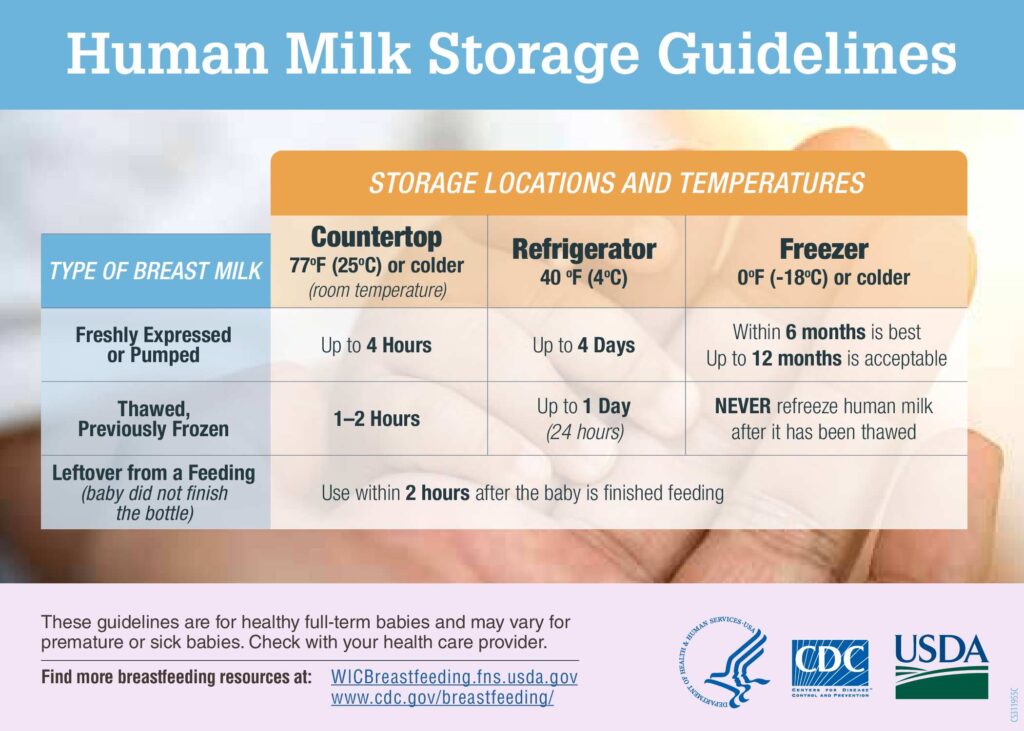
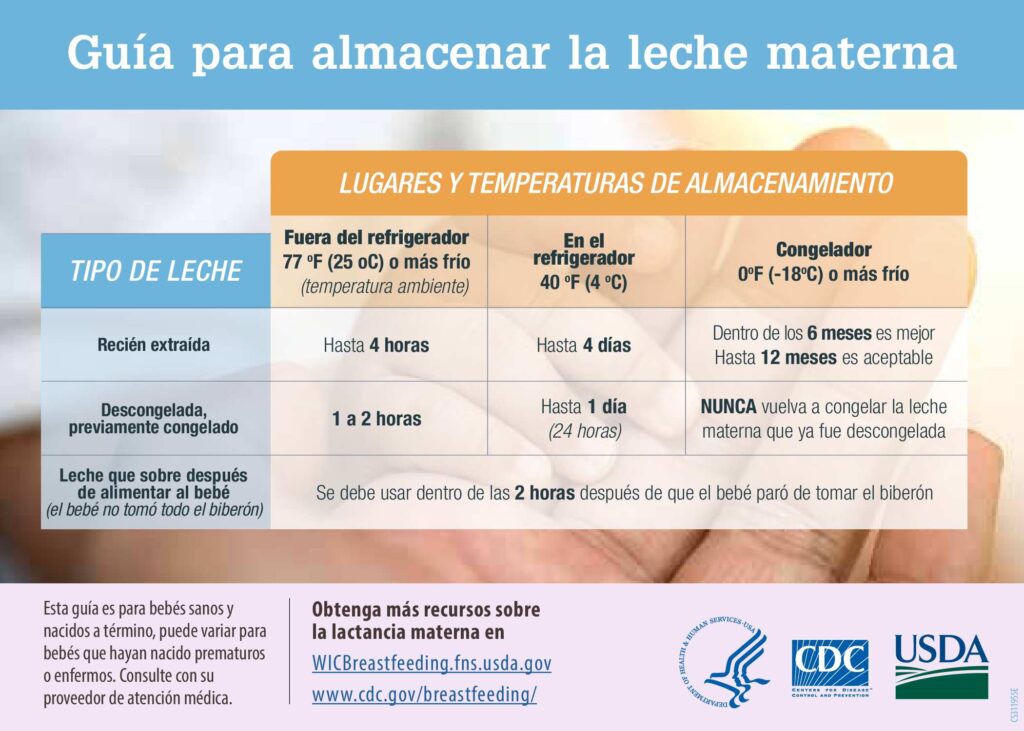

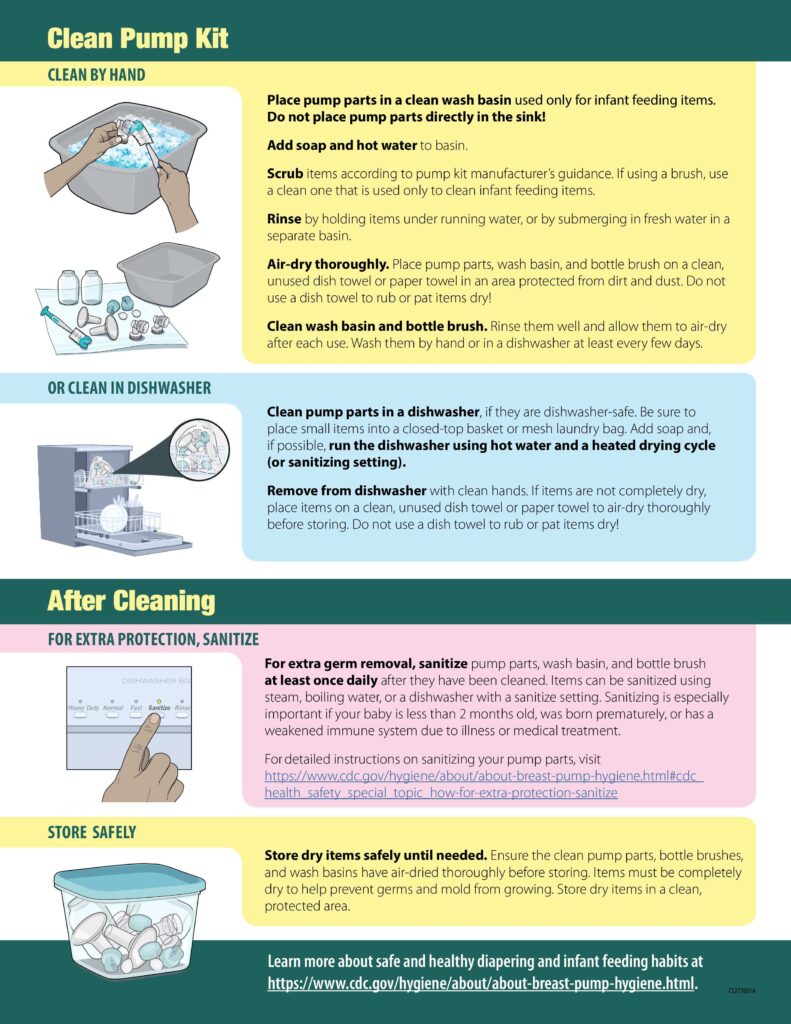
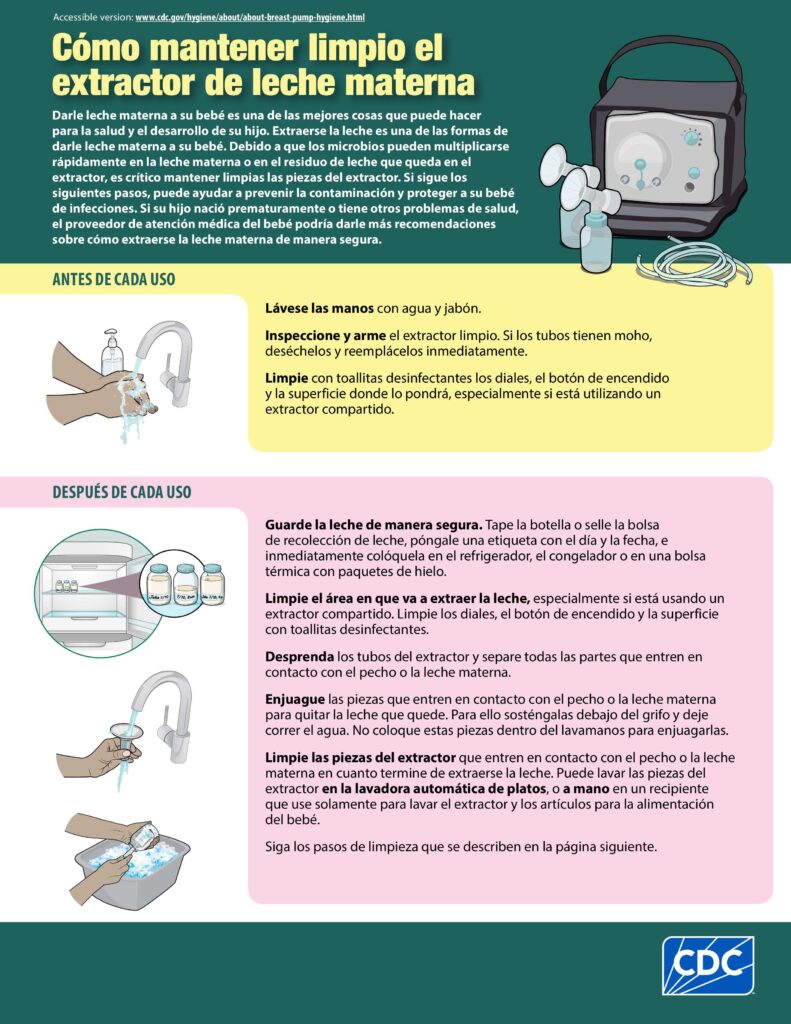
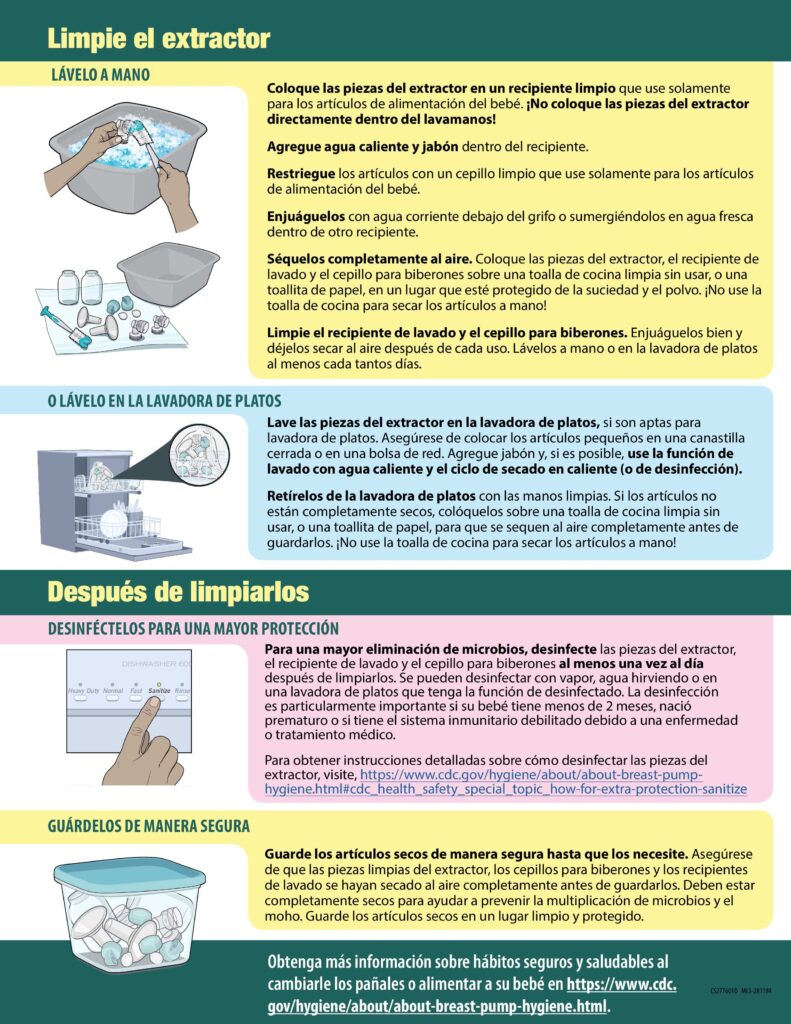
Legal Disclaimer: The information provided by our nonprofit is for informational purposes only and not a substitute for professional medical advice, diagnosis, or treatment. Always consult a qualified healthcare provider for medical concerns. We make no guarantees about the accuracy or completeness of the information and are not liable for any decisions made based on it. If you have a medical emergency, call 911 or seek immediate medical care.


